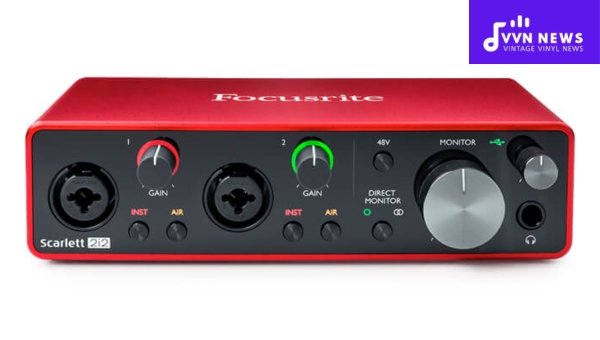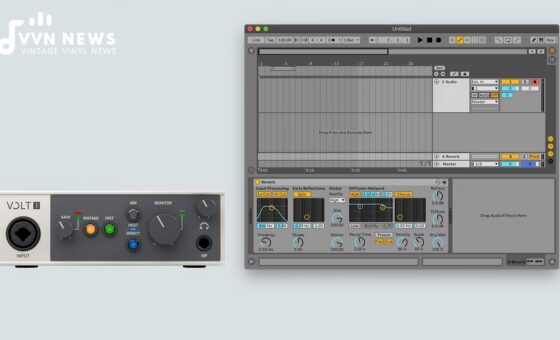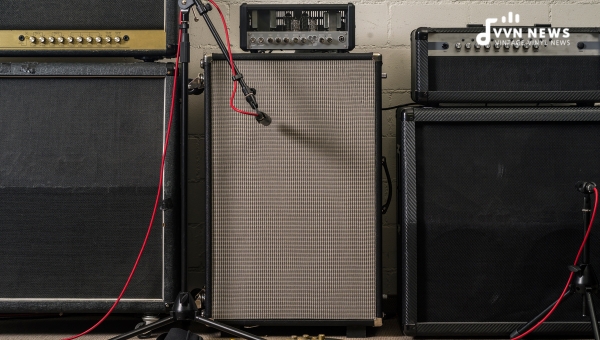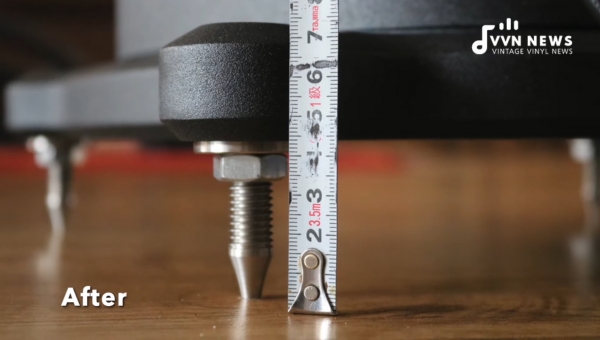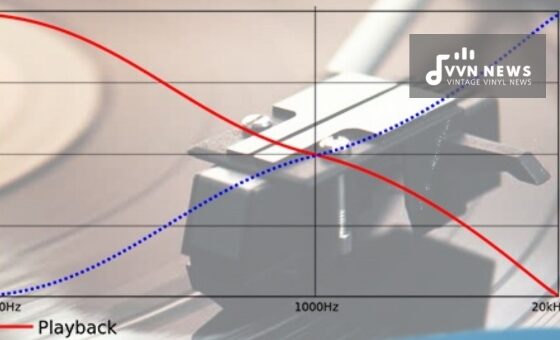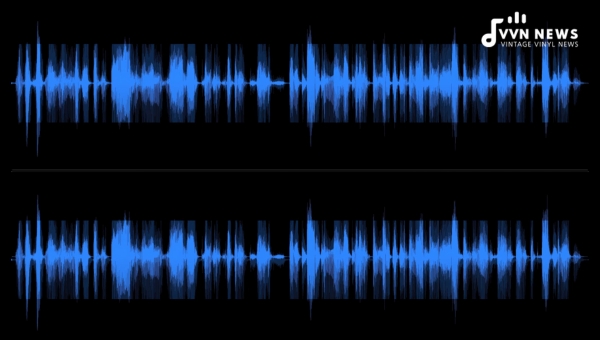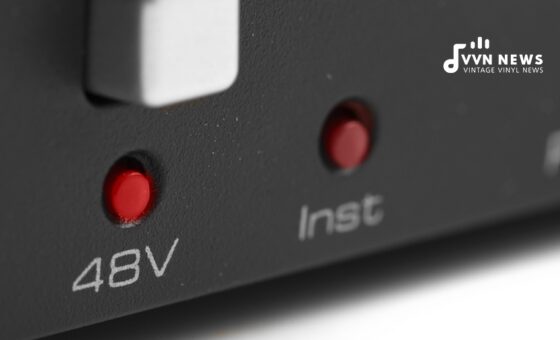As a music enthusiast, I am always fascinated by the amazing technology that brings our favorite tunes to life.
Delve with me into the remarkable world of sound engineering as we explore the intricate workings of these integral devices.
Now, what is an audio interface? And how to use it? This question grips many beginners in music production and sound engineering.
Simply put, an audio interface is a piece of equipment that significantly improves the sonic capabilities of computers.
It’s like your own professional recording studio crammed into a small box that you can carry around conveniently, helping you record or create music like a pro.
I’ll be giving you an easy-to-understand guide on what this gear does and how to navigate your way around it to enhance your sound-producing or listening experience drastically.
What Is An Audio Interface?
In its most basic form, an audio interface is a hybrid hardware and software device that acts as a conduit between audio gear (like microphones, studio monitors, and instruments) and your computer or recording device.
It functions to convert analog signals into digital ones that your computer can understand.
Conversely, it turns the digital signals from your computer back into analog sound that you can hear through monitor speakers or headphones.
It’s like a translator mediating a conversation between two people who speak different languages. Many audio interfaces also provide phantom power, which is required for condenser microphones.
Uses of Audio Interfaces
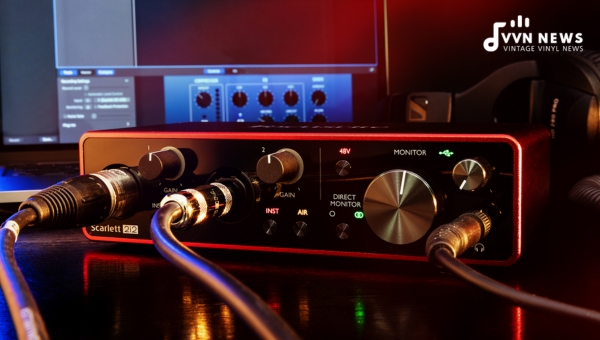
Audio interfaces are the heartbeat of all modern music production, and their utility spans various realms.
Recording
In recording studios, audio interfaces collect sound from multiple sources, such as microphones and instruments, convert it into a digital format, and transport it into your recording software or DAW (Digital Audio Workstation).
Mixing & Mastering
In the mixing and mastering phase, audio interfaces come in handy by serving as high-quality output devices. Through them, you can listen to your recording in raw detail via studio-grade monitors or headphones for precise adjustments.
Also Read: What Is Proximity Effect? [Understand Its Impact On Audio Quality]
Podcasting & Broadcasting
For podcasting or broadcasting, audio interfaces efficiently manage multiple microphone connections, enabling quality discussions and interviews with several participants.
Live Streaming & Videogaming
Even in live streaming scenarios or during immersive gaming experiences, a good audio interface enhances sound quality and brings new enjoyment levels.
Music Listening
Lastly, they also elevate our everyday music listening experience by enhancing the audio output’s richness and detail far beyond a typical computer sound card.
Types of Audio Interfaces
Getting to know the types of audio interfaces can be helpful in finding the perfect fit for your recording needs. Let’s unravel the four main categories.
USB Audio Interfaces
The often-chosen USB interface is famous for its budget-friendly and user-friendliness features. It’s ideal if you’re a beginner or in need of a portable, hassle-free solution for getting good sound quality.
Thunderbolt Audio Interfaces
These interfaces are known by professional studios and tech-savvy users for their super-fast data transfer capabilities, offering low latency rates (the delay between when audio is produced and when it’s heard). However, they tend to be pricier than their USB counterparts.
FireWire Audio Interfaces
Unfortunately, Firewire is becoming obsolete as USB and Thunderbolt are gradually taking over. But if you’re still using an older computer with FireWire ports, this can serve you well with its decent speed.
PCIe Audio Interfaces
PCIe (Peripheral Component Interconnect Express) cards go directly into your computer, an advantage if you’re after robust performance without external cabling concerns.
They’re typically chosen for high-end applications due to their exceptional round-trip latency times.
Each type has its pros and cons, so consider what you prioritize: cost-effectiveness, speed, compatibility, or power before choosing one.
Input and Output in Audio Interface
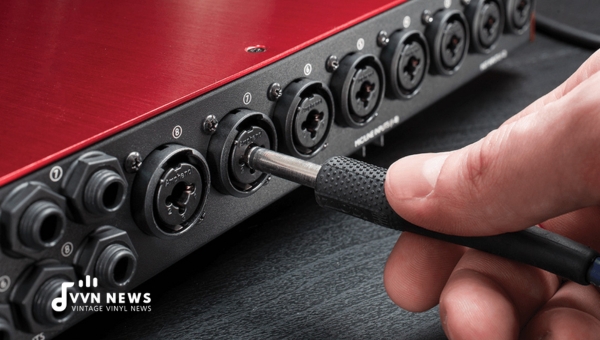
Understanding the concept of inputs and outputs is fundamental to fully mastering an audio interface.
They dictate how many devices you can connect simultaneously. Let’s cover the basics of input and output in an audio interface.
Also Read: 17 Best Patchbay For Studio & Live Audio [Organize Your Gear]
Inputs
Inputs are where you plug in sources of sound, like microphones, instruments, or an old tape deck. Most audio interfaces have at least one microphone input as well as line inputs. There are a few different types of inputs to consider:
- Microphone Inputs: These are typically XLR inputs and provide a connection for microphones.
- Line-level Inputs: These use either TRS (Tip-Ring-Sleeve) or TS (Tip-Sleeve) connectors for keyboards or mixers.
- Instrument-level Inputs: Also known as Hi-Z (High-Impedance) inputs, these are for guitars and basses.
Outputs
Outputs send the processed audio signal from your computer back out to studio monitors, headphones, or external hardware processors. These come in two basic types:
- Monitor Outputs: These are line-level outputs usually used to connect your studio monitors.
- Headphone Outputs: This is a very crucial part, especially for those who mix using headphones.
Moreover, many interfaces also have digital I/O options (input/output), allowing connection to other digital devices.
No matter what kind of work you’re doing with sound, whether that’s recording a live band, creating electronic music tracks, or even podcasting.
The number of simultaneous inputs and outputs you need will determine what audio interface suits your needs the most.
Always bear in mind ample understanding, and a wise selection of input-output ports can enhance your recording environment incredibly.
Conversion Rates
When we talk about conversion rates in relation to audio interfaces, we essentially mean the sampling rate and bit depth which come into play during the process of analog-to-digital (AD) and digital-to-analog (DA) conversions.
Sampling Rate
The sampling rate is the number of times per second that a sound is sampled. The standard sample rates are 44.1, 48, 88.2, 96, and 192 kHz.
Importance: Higher sampling rates result in a more accurate digital representation of the analog signal.
They also extend the frequency response above the limit of human hearing, which can provide more room for processing before finally reducing it to a standard rate such as 44.1 kHz.
Bit Depth
On the other hand, bit depth is essentially the dynamic range, the difference between the loudest and softest sound— that an audio interface can process.
Typical bit depths are 16, 24, and sometimes 32 bits.
Importance: A larger bit depth gives a wider dynamic range, meaning less audible noise and more detailed sound production in your recordings.
Also Read: 19 Best Audio Interfaces For Home & Studio Recording 2024
Impact of Conversion Rates
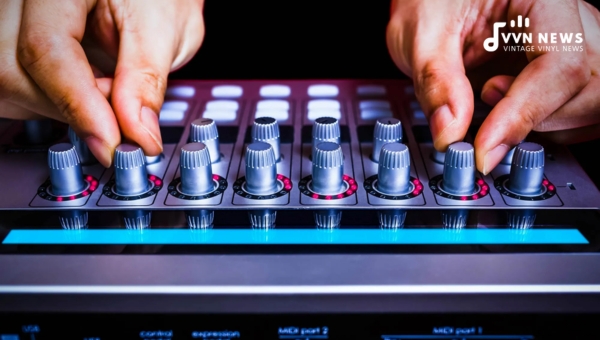
The quality of the AD/DA converters in your audio interface will significantly impact the fidelity of your digital audio.
High-quality conversion makes sure that the digital data accurately represents the original signal and allows for better sound quality throughout the recording and mixing processes.
Though it’s tempting always to use the highest sample rate and bit depth, it’s important to remember that these also increase the demand on your computer’s CPU power.
Depending on your project needs and computer resources, you might need to find a balance between quality and cost-efficiency.
With this understanding, you can use your audio interface more effectively, maximizing its potential based on the requirements of individual projects.
When choosing an audio interface, consider both the number of inputs/outputs you require and the conversion quality it offers.
Remember, for professional-grade recordings, invest in an interface with superior conversion capabilities.
Guidelines on Audio Interface Setup
Setting up an audio interface can seem like a daunting task, especially for beginners.
With the right guidance and understanding, the process can be straightforward. Let’s break it down.
Installing Driver Software
First and foremost, prior to physically connecting your audio interface, you need to install your driver software. This software is often provided by the manufacturer, either within the box or available on their official website. It’s crucial to have this installed first because it tells your computer how to communicate properly with the audio interface. After installing it successfully, you may need to restart your computer.
Plug With Hardware
Next step is plugging in your hardware – connect your audio interface to your computer using the cable provided (usually USB or Thunderbolt), following any specific instructions from the manufacturer.
Firmware Updates
It’s also essential to apply any firmware updates that are available for your specific model of audio interface. You can often find these on the manufacturer’s website under their ‘Support’ section.
Also Read: Noise Gate In Music [How To Use This Audio Mastering Tool?]
Connect Headphones or Monitor Speakers
With everything connected and updated, it’s time to connect your headphones or monitor speakers to the relevant output jack(s) on your device. These typically require a 1/4 inch jack cable (similar in appearance but larger than a regular headphone cable).
Select The Audio Driver
Next step is audio driver selection. Audio drivers are typically selected automatically when new hardware is detected on most systems; however, if not selected automatically, they can usually be manually picked within software settings.
Set Up Your Audio Outputs
After setting up the driver, you have to set up your audio outputs from any software you’re using (such as DAW or digital audio workstation software). Also consider setting up controls for volume levels of all output signals.
Connect With Audio Inputs
Now comes connecting any audio inputs – this involves linking devices such as microphones or instruments that you wish to record from into one of the ‘input’ ports on your device.
Test The Inputs and Outputs
Lastly, don’t forget to check all inputs and outputs! Simple tests will ensure all connections are working as they should before diving into recording sessions.
By following these eight comprehensive steps diligently and patiently navigating through them one by one, the setup of an audio interface becomes an easy puzzle to solve!
Tips for Selecting Suitable Audio Interfaces
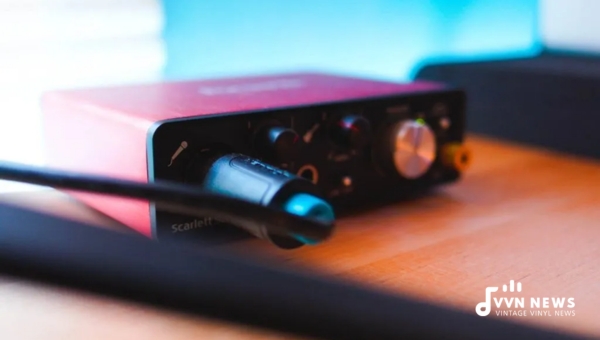
Choosing the right audio interface can often be overwhelming, given the diverse options available in the market.
However, narrowing down to your specific needs can make this process significantly less daunting.
Identify your inputs and outputs needs
Think about what you intend to record. If you plan on recording a podcast with multiple guests talking at once, you will need an interface with several microphone inputs. Likewise, if you’re going to mix on studio monitors, ensure your audio interface has monitor outputs.
Understand Bit Depth and Sample Rate
Sound quality is largely determined by bit depth and sample rate. The industry standard for professional-quality recordings is a sample rate of 44.1 kHz or higher and a bit depth of 24.
Compatibility with Your Computer
Not all interfaces work with all types of computers. Ensure that whichever model you choose can connect to the type of ports that your computer has – typically USB, Thunderbolt, or Firewire.
Consider Your Budget
While high-end interfaces offer superior preamps and more input/output options versatility, entry-level gear usually provides enough functionality for beginners at a substantially lower cost.
Take your time to research different models within your budget range and read user reviews before making a purchase decision.
It’s about finding the perfect fit rather than getting the most expensive one.
Also Read: C Sharp Minor Pentatonic Scale [Add Color To Your Solos & Riffs]
FAQs About Audio Interfaces
What are audio interfaces used for?
Audio interfaces are used to record sound quality input and output transfer between a computer and external sources like microphones or musical instruments.
Do we need an audio interface?
If you’re serious about recording music or any professional sound production, you definitely need an audio interface. It significantly improves the audio quality of your recordings.
How do audio interfaces connect?
Audio interfaces can connect to your computer via multiple ways like USB, Firewire, Thunderbolt, or PCIe. The type of connection generally depends on the model.
What is the difference between a mixer and an audio interface?
The primary difference is that a mixer blends multiple signals into one stereo track, while an audio interface converts analog signals into digital ones for computers and vice versa.
Can I record without an audio interface?
Yes, it’s possible to record without an audio interface using built-in sound cards. However, the quality of the recording wouldn’t be as high compared with using an interface.
Conclusion
An audio interface is indispensable for any serious music creator, providing a bridge between your instruments or mics and the digital world.
Whether you’re podcasting, producing music tracks, or want better audio quality from your computer for listening to music or gaming, an audio interface can significantly improve your sound experience.
Remember that choosing the right interface depends on your unique needs – consider factors like input/output requirements, gear compatibility, conversion quality, and your budget.
These handy devices are all about capturing and reproducing quality sound – so let’s make some noise!
